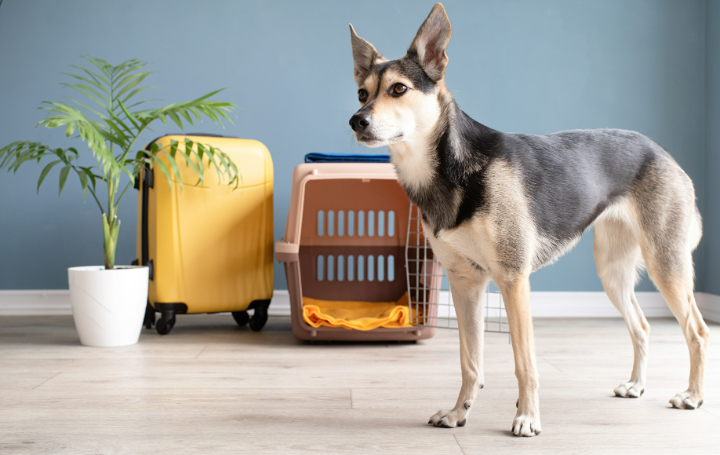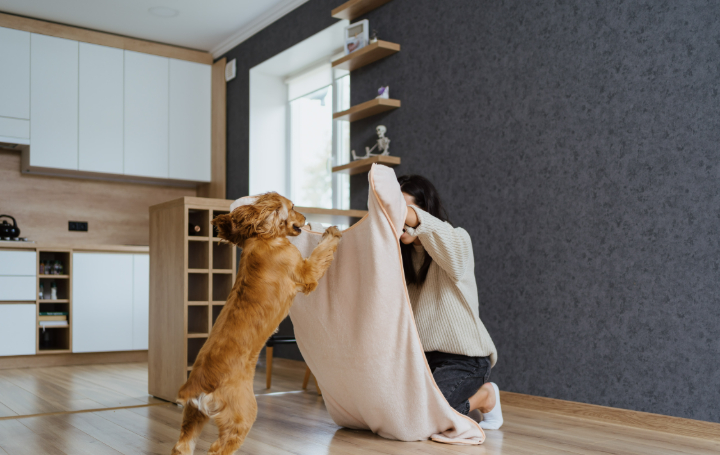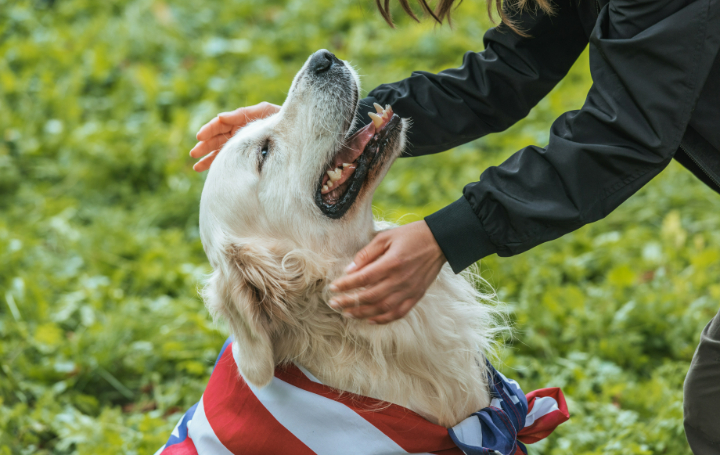The Pros and Cons of Crate Training: Is It Right for Your Dog?
If you’ve ever brought home a puppy, chances are someone told you to “crate train them.” You might’ve nodded along, but secretly wondered, “What even is crate training? And is it good or just… mean?” You’re not alone! Crate training is one of those topics in the dog world that sparks big debates and lots of questions. But don’t worry — we’re here to break it down with real talk, relatable examples, and a good helping of tail wags.
Let’s sniff out the truth and help you decide if crate training is the right fit for you and your furry best friend.
What Is Crate Training, Anyway?
Crate training is the process of teaching your dog to see their crate — a small kennel or cage — as their safe, comfy space. Think of it like their own bedroom, complete with cozy bedding, maybe a toy or two, and a door you can close when needed.
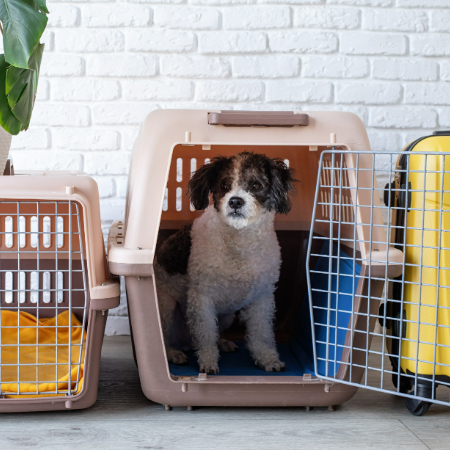
Used right, a crate becomes a den-like retreat where your pup feels calm and secure. Used wrong, it can feel like doggy jail — and no one wants that.
The Pros of Crate Training
Crate training isn’t just about putting your dog in a box. It can actually help with several things that make life easier for both you and your pup.
1. Potty Training Magic
If you’re dealing with a young puppy who pees like a water balloon with legs, crate training can be a lifesaver. Dogs naturally avoid going to the bathroom where they sleep. So when they’re in their crate, they’ll try to “hold it” until they’re outside, teaching them good bathroom manners.
It’s kind of like training wheels for potty training.
2. Keeps Your Pup Safe When You’re Away
Dogs are curious creatures. When left alone, they might chew on wires, dig through trash, or snack on your favorite sneakers. A crate helps keep them safe from their own mischief when you can’t supervise them.
It’s not about punishment — it’s about protection, like a playpen for a toddler.
3. Reduces Anxiety (Surprisingly)
Dogs actually like having their own den-like spot. It gives them a place to retreat when they’re scared, tired, or just want a break from the chaos (especially helpful during loud holidays or when guests visit).
Many crate-trained dogs will even walk into their crate on their own when they’re ready for some “me-time.”
4. Makes Traveling Easier
If you plan to travel with your dog by car, plane, or even to the vet, having a dog who is used to a crate makes things go way smoother. They’re already familiar with being in a small space and won’t panic when things get bumpy.
Bonus: Many hotels and boarding places require crate-trained pets.
5. Helps Establish Routine
Dogs love structure. A crate adds predictability to their day. Eat, play, potty, nap — rinse and repeat. Over time, they’ll know when it’s time to wind down, and you’ll love not chasing a zoomie tornado when it’s bedtime.
The Cons of Crate Training
Okay, so crate training has some real perks, but it’s not all squeaky toys and tail wags. Let’s talk about the other side of the dog bowl.
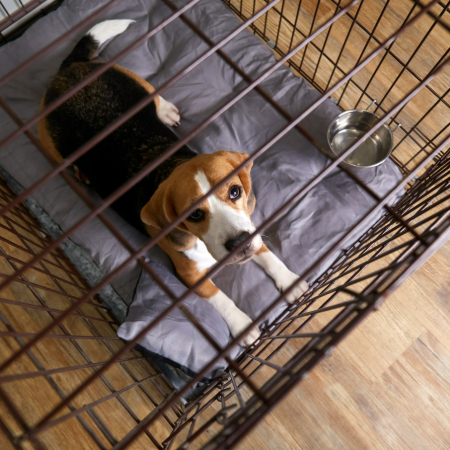
1. It Can Be Overused
Here’s the truth: some people use the crate as a babysitter — or worse, as punishment. That’s not fair to the dog. Crates should never be used as “time-out” zones or places where your pup spends all day. Overusing the crate can lead to loneliness, boredom, or even depression.
Your dog needs interaction, love, and playtime — not hours locked up.
2. Not Every Dog Likes It Right Away
Some dogs instantly take to a crate, while others treat it like an alien spaceship. If your dog has anxiety or trauma (especially rescue dogs), a crate might bring up fears or make them feel trapped.
It takes patience, positive reinforcement, and time to make a crate feel safe and happy — not every dog will fall in love with it, and that’s okay.
3. Crates Can Be Misused for Convenience
Let’s be honest — crates make life easier. But sometimes, too easy can become lazy. It’s tempting to toss your pup in the crate when you’re busy, tired, or cleaning up. But over time, this can lead to frustration for your dog.
Dogs are social animals. They want to be near you, not locked up alone every time life gets hectic.
4. It Requires Consistent Training
Crate training doesn’t happen overnight. There’s a learning curve for both you and your dog. You’ll need patience, consistency, and some creative bribery (read: treats, lots of treats!).
If you’re not ready to put in the work, crate training could do more harm than good.
5. It Can Trigger Barking or Whining
At first, some dogs bark, whine, or paw at the crate door like it’s the end of the world. That can be stressful for both of you, especially if you live in an apartment or have roommates.
This behavior usually improves with training, but it can take time. And let’s be real — those 3 a.m. whimpers hit different when you’re sleep-deprived.
Tips to Make Crate Training Work
If you do decide to try crate training, here are some helpful (and kind) tips:
- Make it comfy. Add a soft bed, toys, and maybe an old t-shirt that smells like you.
- Keep it positive. Never force your dog inside. Use treats, praise, and make it a happy place.
- Start slow. Begin with short periods and build up gradually.
- Never use it for punishment. The crate should be a safe zone, not a penalty box.
- Don’t overdo it. Limit crate time based on your dog’s age and energy level. Puppies need more frequent breaks.
So… Is Crate Training Right for YOUR Dog?
That depends. Crate training is great for many dogs and their humans. But it’s not one-size-fits-all.
Crate training might be right if you:
- Have a new puppy who’s still learning the ropes
- Need help with potty training
- Want a safe space for your dog when you’re away
- Are willing to invest time into training it right
It might not be right if you:
- Have an older or anxious dog who fears confinement
- Work long hours and can’t let them out regularly
- Prefer open sleeping or free-roam arrangements
- Just don’t vibe with the crate concept — and that’s okay too!
The Bottom Line
Crate training is a tool, not a magic fix, and definitely not a punishment. Used wisely and with love, it can help your dog feel safe, secure, and happy. But it’s not for everyone, and that’s totally okay.
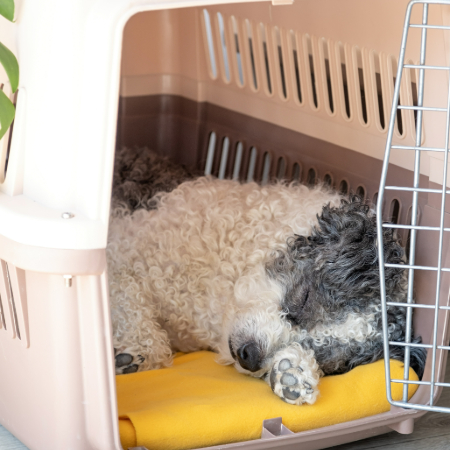
Every dog is different, just like every human. Whether you crate train or skip it entirely, the most important thing is creating a safe, loving home where your dog feels like part of the family. And honestly? That’s the real win.
So, crate or no crate, let your dog know one thing for sure: they’re loved. And maybe throw in a belly rub while you’re at it.
